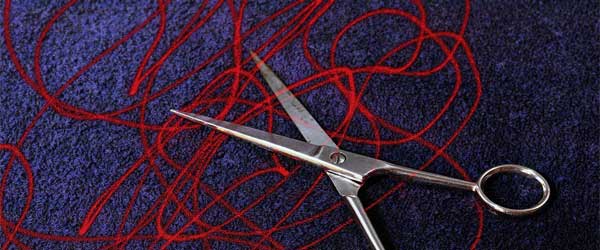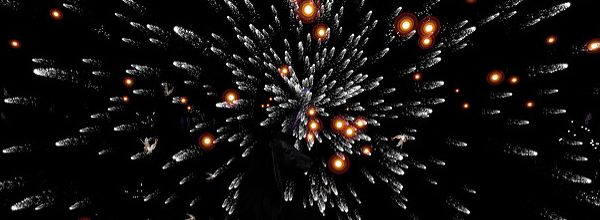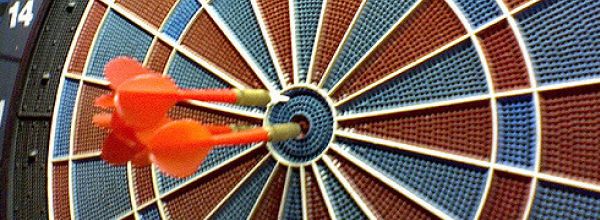Calculations can be the bane of laboratory work. Fortunately, there are many easy methods to help you do the maths you need in the lab. Here, we tell you about the different ways to calculate primer concentration depending on the starting material.
For all calculations, let’s assume we have 22 nmol of a DNA primer containing 16 bases.
From Lyophilized Powder
Primers that you purchase from companies will often arrive as lyophilized powders, and the company will tell you how many nmoles of primer they have provided. If you are confident that you have recovered all of the powder and have had no previous issues with the amount of primer sent, then a quick resuspension and calculation can be done without measuring the OD of the primer. However, if your downstream application with the primer is highly sensitive to primer concentration, or if you are unsure of the primer quality, you should measure the OD of the primer after resuspension and use the second method below for calculation.
Method 1) Resuspend the primer in 100 µl of water or buffer and use the following calculation:
(XX nmol/100 µl) x (1000 pmol/nmol)= pmol/µl = µM
Example: (22 nmol/100 µl) x (1000 pmol/nmol) = 220 pmol/µl = 220 µM
Method 2) Alternatively, you can quickly resuspend the primer to a concentration of 100 µM by resuspending the powder in a volume in microliters that is 10x the number of nmol.
Example: Resuspend the 22nmol of primer in 220 µl=100 µM
From a Liquid
Sometimes we are not as careful and organized as we should be and we find tubes of primers in the freezer without concentrations written on them. Occasionally, you may even find that you don’t recover the full amount of lyophilized primer that was sent from a company. In these cases, you can easily calculate the primer concentration from an OD260 reading. Let’s assume that we dilute the primer from above 1:200 and the OD260 reading was 0.132.
The concentration can be calculated using the following formulas:
(OD260) x (0.02*) x (dilution factor) = µg/µl *Conversion factor for single stranded DNA
(µg/µl/330Daltons/nt**) x (106/# of nt) = µM **Average molecular weight per nucleotide
Example: (0.132)(0.02)(200)=0.528 µg/µl
(0.528/330) x (106/16)= 100 µM
Questions? Let us know below in the comments section!
Originally published in 2013. Updated and republished in 2017.







